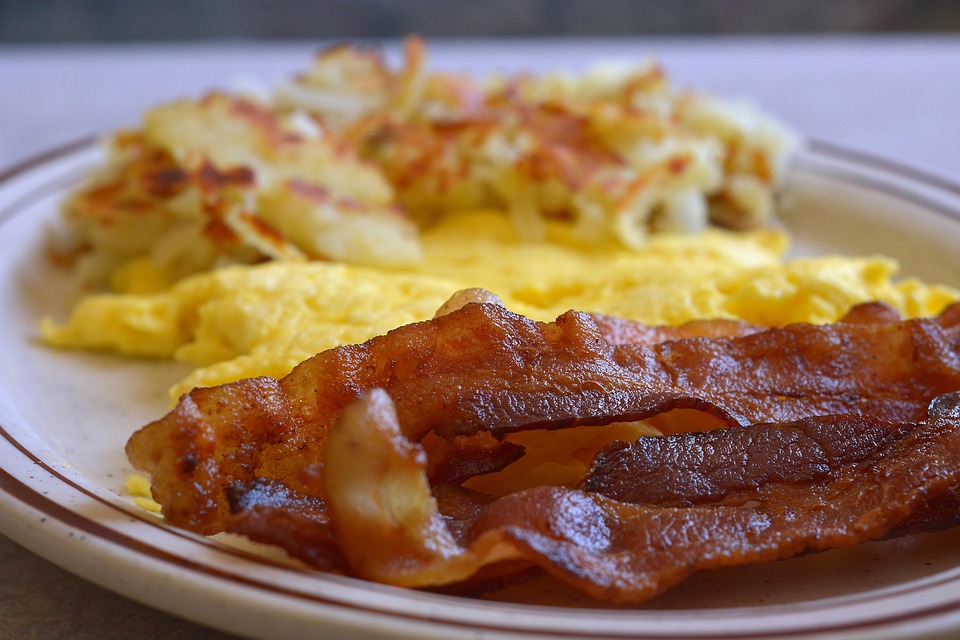Snacking isn’t just about satisfying hunger—it’s an opportunity to keep your energy steady, curb cravings, and support overall health. But if you’ve ever experienced that all-too-familiar crash after a sugary snack, you know that not all snacks are created equal. The secret to smart snacking? Pairing the right foods to balance blood sugar, especially for those managing type 2 diabetes.
Why Blood Sugar Balance Matters
Blood sugar fluctuations can lead to fatigue, irritability, and intense hunger swings. Over time, repeated spikes and crashes may contribute to insulin resistance, a key factor in type 2 diabetes. The best way to avoid this? Combine protein, healthy fats, and fiber with carbohydrates for a slower, more stable release of glucose into the bloodstream.
The Winning Snack Combinations
Not sure what to grab when hunger strikes? Try these smart pairings to keep your blood sugar in check:
- Apple + Almond Butter – The fiber in apples slows digestion, while the healthy fats and protein in almond butter prevent a sugar spike.
- Greek Yogurt + Berries – High-protein Greek yogurt helps stabilize blood sugar, and berries add natural sweetness with antioxidants and fiber.
- Hummus + Veggies – Fiber-rich vegetables like bell peppers and carrots combined with protein-packed hummus create a balanced, satisfying snack.
- Cheese + Whole-Grain Crackers – The protein and fat in cheese help slow down the digestion of whole-grain crackers, providing lasting energy.
- Hard-Boiled Egg + Avocado – A powerhouse of protein and healthy fats that keeps you full and prevents blood sugar swings.
The Worst Snack Offenders
On the flip side, certain snacks send blood sugar soaring—only to cause a crash shortly after. Beware of:
- Sugary granola bars that are often loaded with hidden sugars and refined carbs.
- Juices and sodas that spike blood sugar without providing fiber or protein to slow absorption.
- White bread or crackers alone, which break down quickly into sugar, causing rapid energy crashes.
The Best Time to Snack
If you’re prone to blood sugar dips, timing your snacks can help. Aim for a snack between meals when you start feeling hungry but not ravenous—usually around mid-morning or mid-afternoon. Avoid eating too close to bedtime, as late-night snacking can interfere with metabolism and sleep quality.
The Bottom Line
Smart snacking isn’t about restriction—it’s about choosing foods that work for you, not against you. By pairing protein, fiber, and healthy fats with carbohydrates, you can keep your blood sugar steady, stay energized, and avoid the dreaded afternoon crash. Next time you reach for a snack, think balance, not just convenience!








